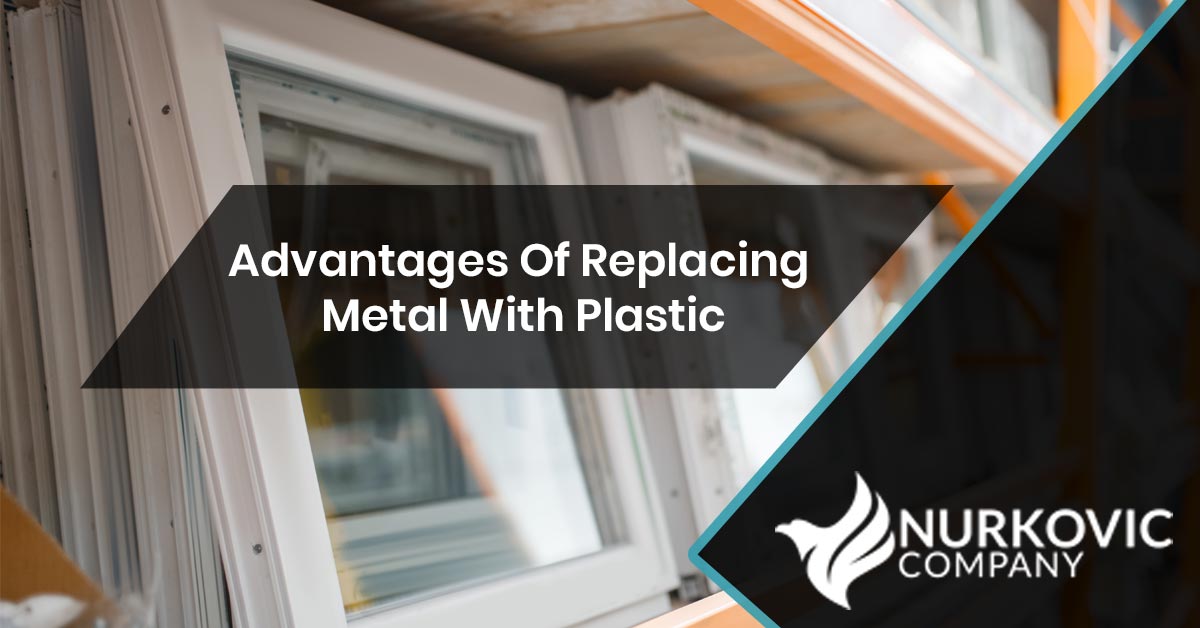Although the metal-to-plastic conversion was introduced in the 1950s, with the invention of engineering-grade resins, many manufacturers today are unfamiliar with the benefits of this versatile technique. We will list the advantages of replacing metal with plastic.
Injection molded plastic components. As a variety of advanced, cost-effective plastics are developed in today’s changing landscape, many industries are realizing the benefits of replacing metal parts with injection molded plastics. In fact, most companies can expect metal-to-plastic conversion to result in cost savings of 25-50%.
With high strength, consistent reliability, and the ability to manufacture to the same tight tolerances as metal, plastic parts can offer numerous advantages to companies in all types of industries.

Advantages of plastic over metal
As many industries become increasingly aware of the benefits of metal-to-plastic conversion, high-amount injection is quickly becoming the method of choice for part production.
Plastic parts offer several universal advantages over metal, including:
- It can have a higher tensile strength than many types of metal
- Reduced weight of the part
- Reduced production costs
- Superior design flexibility
- Reduced waste
- Faster production time
- Easy adherence to various regulatory compliances
- Lower packing and shipping costs
- Up to six times longer service life
- Increased corrosion resistance
- Repeatable, predictable production
In addition to reducing weight and improving overall part strength and corrosion resistance, the plastic-to-metal conversion also enables the consolidation of multiple metal parts into a single plastic part. In addition to offering the same strength and enabling the same tight tolerances as metal, plastic parts require fewer secondary operations, saving time and cost.
With specialized design techniques, plastic parts can actually be made to have better physical and chemical properties than metals.
The use of plastic parts with the aim of reducing costs
Use of plastic parts to reduce costs
light blue, dark blue, and orange plastic injection resin pellets. As mentioned, converting plastic to metal can result in savings of 25-50%. This is due to several factors: the ability to replace multiple metal parts with one plastic part and subsequently eliminate the need for fasteners and assembly, as well as the ability to add colors to plastic melts and the resulting elimination of the painting or laser marking process.
However, in addition to cost savings, the use of plastic can significantly improve the quality of parts. Plastics can optimize part quality in several ways, including:
- The possibility of reusing plastic materials
- Extended product life
- More different design options
- Elimination of time-consuming and expensive secondary processes
- The higher structural strength of the product
- Less weight and improved ease of use
The advantages of replacing metal with plastic are numerous, and we have only listed a few of them as examples.
Nurkovic Company strives to provide you with quality education and adequate information from the world of technology and production.




